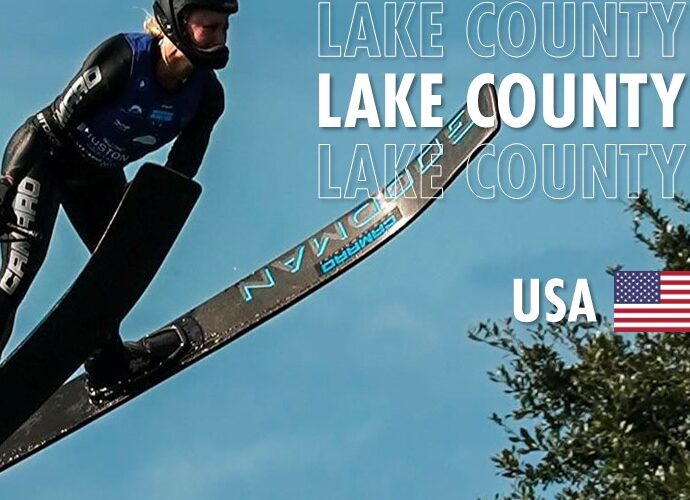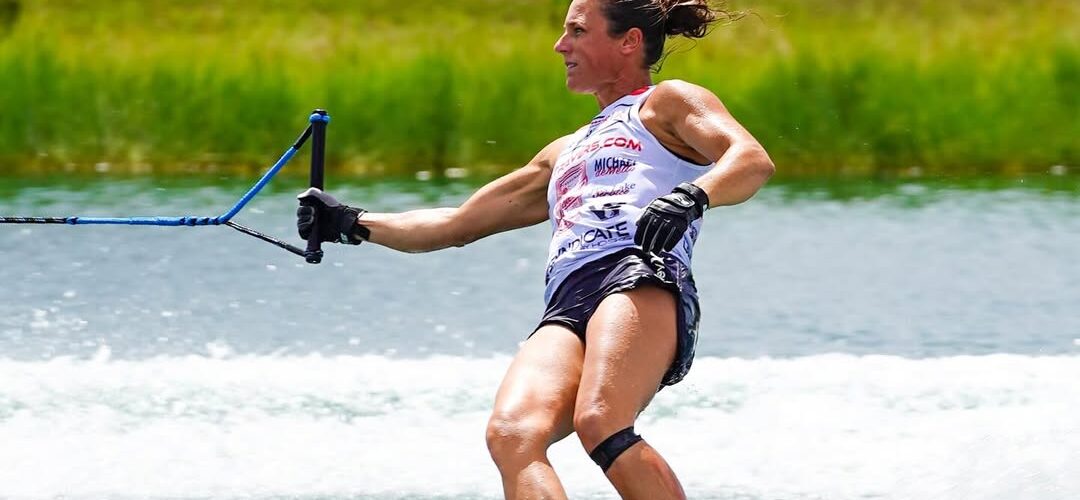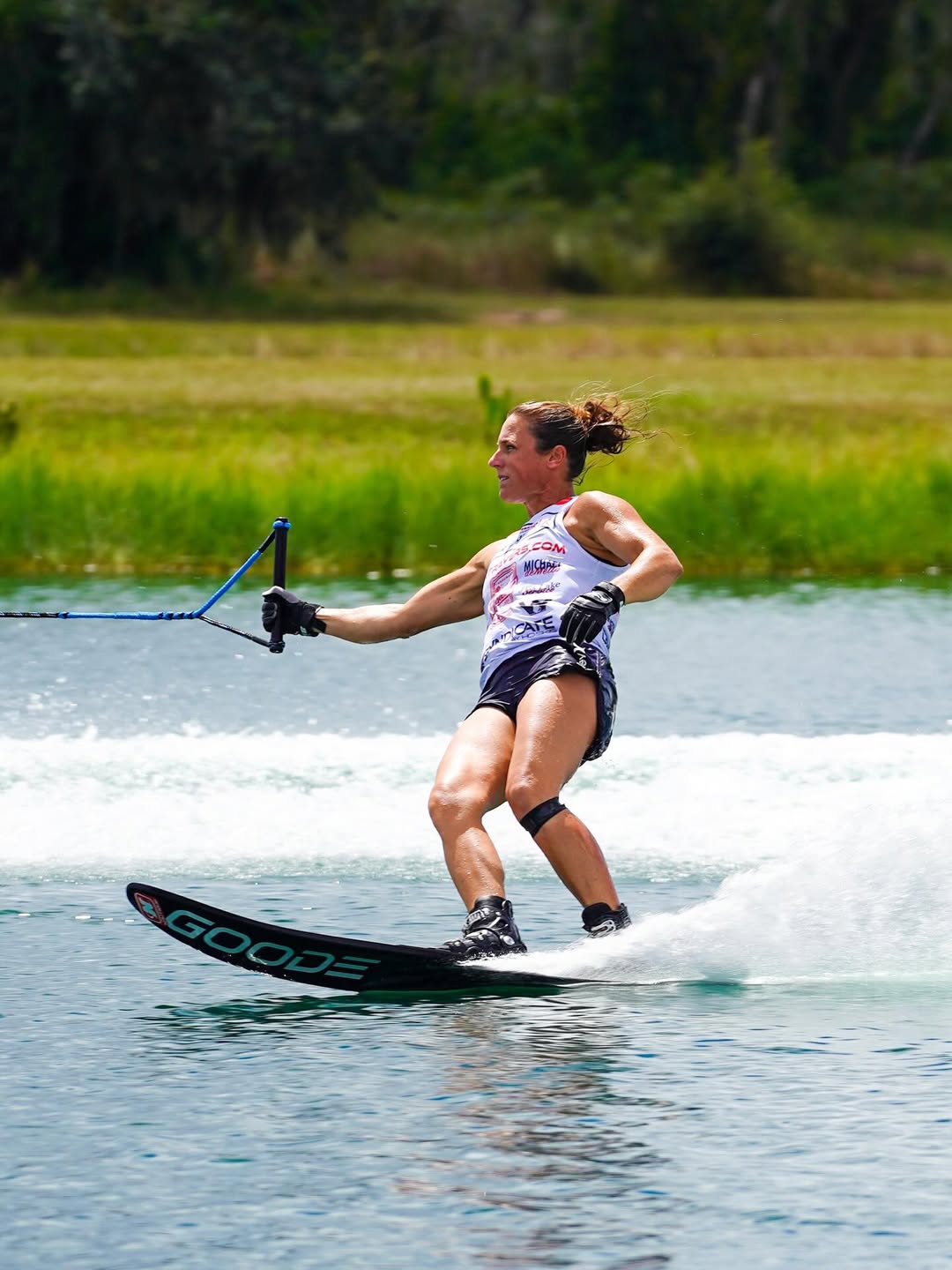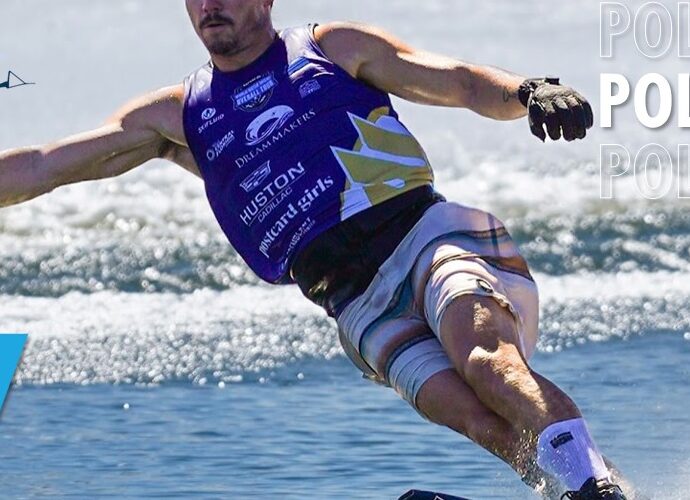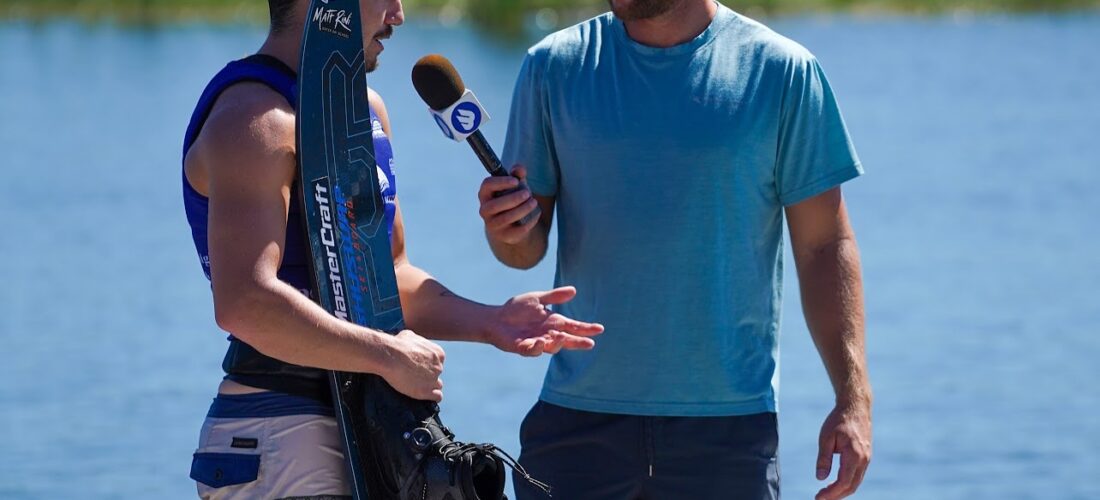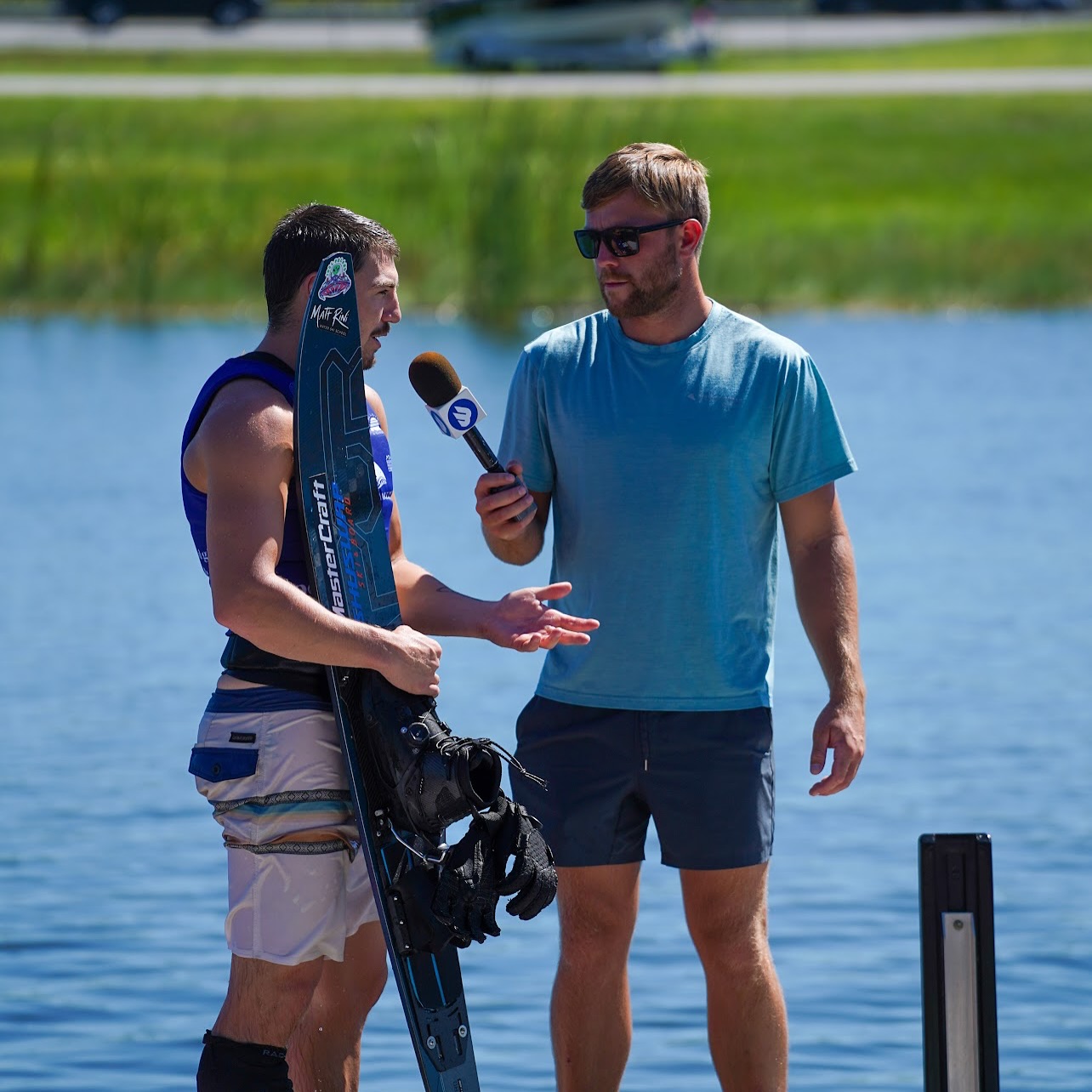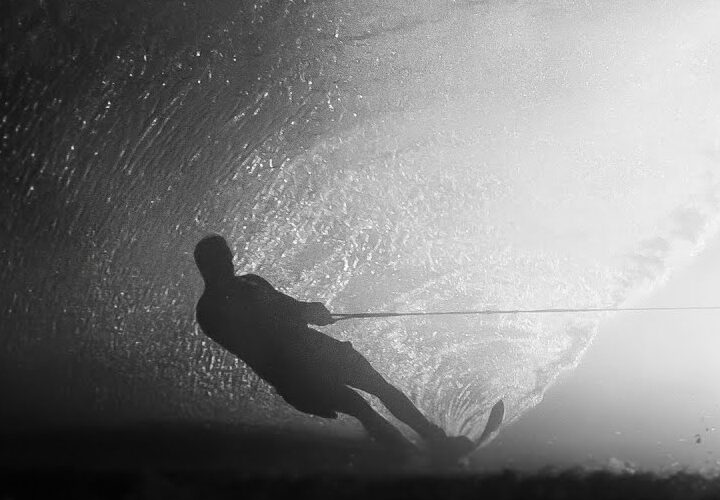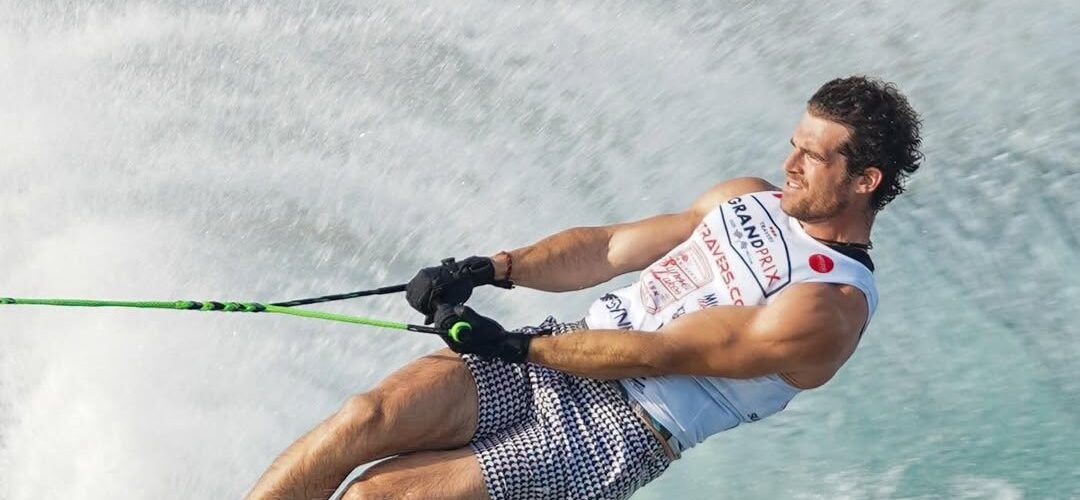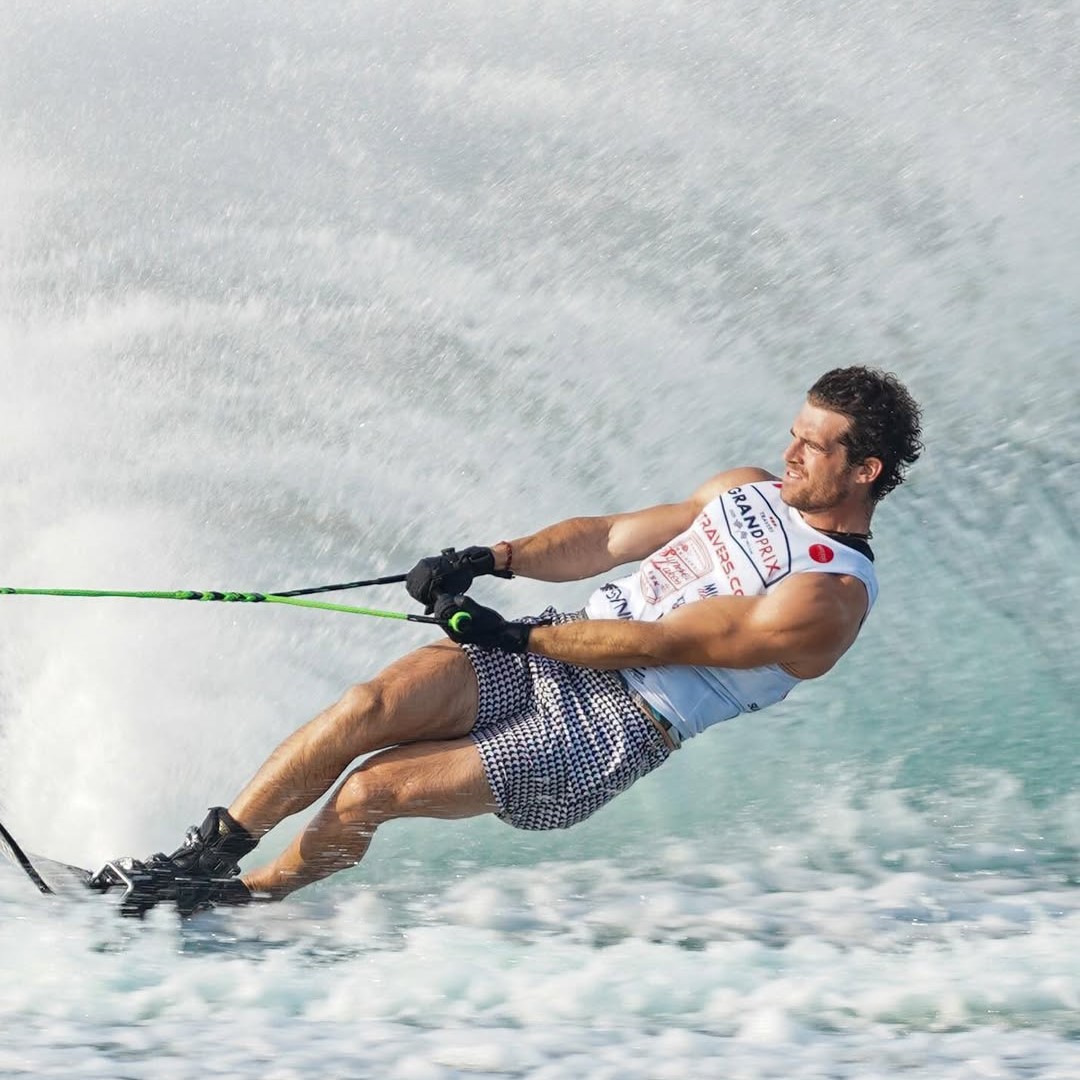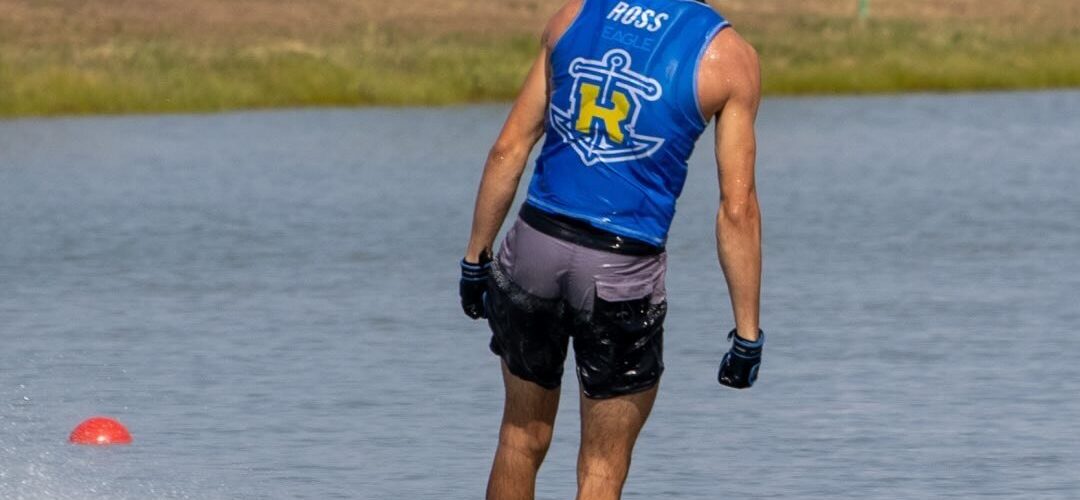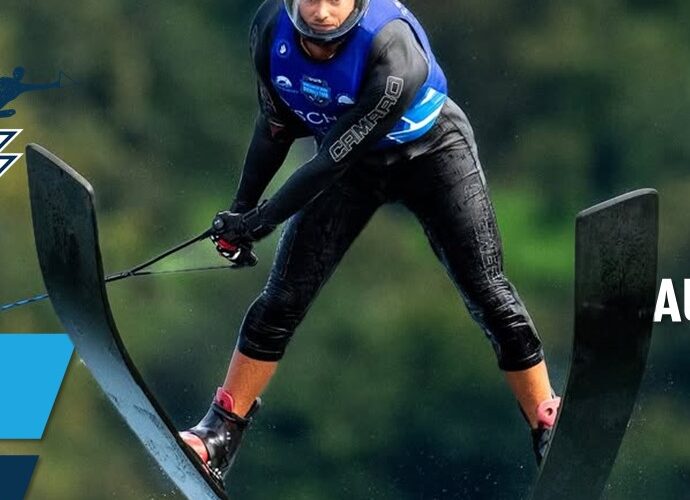The 2025 World Championships are in the books. After months of buildup, the sport’s marquee event delivered a record-breaking spectacle in Recetto, and with it came both exhaustion and relief. Athletes can finally exhale, knowing the season’s emotional and physical peak has passed.
But don’t mistake the back half of the calendar for a cool-down lap. Four major professional events remain, and with season championships still undecided on both the Waterski Pro Tour and the WWS Overall Tour, the final weeks of 2025 promise as much intrigue as any stretch of the year. Rivalries are sharpening, records are within reach, and season-long storylines are about to find their conclusion.
September 19–20: MasterCraft Pro
The Waterski Pro Tour roars back into action in Central Florida with its richest U.S. stop, the MasterCraft Pro. Now in its sixth year, the event shifts to the Isles of Lake Hancock, a venue known for packing in crowds during past editions of King of Darkness.
For jumpers, this is the season finale—a high-stakes showdown with extra weight given the tour’s pared-back jump schedule in 2025. Joel Poland and Hanna Straltsova remain undefeated this season, but both must deliver again to secure back-to-back season titles.
In slalom, Jaimee Bull appears untouchable, with a fifth consecutive season championship in her sights, though the battle behind her remains wide open. On the men’s side, Freddie Winter holds the edge, but with challengers lurking, one slip could turn the race on its head.
September 26–29: Travers Grand Prix
A fan and athlete favorite, the Travers Grand Prix brings the 2025 Waterski Pro Tour season to a close at Sunset Lakes. Equal parts festival and battleground, the event blends a lighthearted ProAm team contest—where skiing shares the stage with go-karts and skeet shooting—with some of the fiercest pro slalom competition of the year.
This is where the men’s slalom title will be decided. Winter remains the frontrunner, but veterans Adam Sedlmajer and Thomas Degasperi, along with young gun Rob Hazelwood, all have mathematical paths to stealing the crown. Expect a tense finish under the Florida sun.
October 11–12: WWS Fluid Cup
The spotlight shifts to the WWS Overall Tour, returning to Ski Fluid for its penultimate stop. The site’s reputation speaks for itself—world records have been born here in recent years, and if conditions line up, history could repeat.
In men’s overall, Joel Poland rides a ten-stop win streak and could clinch a staggering fourth straight season championship with another victory. But don’t count out reigning World Champion Dorien Llewellyn or France’s Louis Duplan-Fribourg, both hungry to halt Poland’s dominance.
The women’s race, meanwhile, is wide open. Kennedy Hansen, Hanna Straltsova, and Giannina Bonnemann Mechler have split victories and podiums so evenly that the title race will come down to centimeters—and likely won’t be decided until the final stop.
October 25–26: WWS Travers Cup
The curtain closes at Sunset Lakes with the WWS Travers Cup, where season titles and year-end bonuses will be on the line. Last year, Poland stunned with back-to-back world overall records in prelims and finals, a reminder that this event has a knack for producing fireworks.
As the last major tournament of the season, it’s more than just a finale—it’s the stage where reputations are sealed, rivalries settled, and momentum carried into the long offseason.
The Final Word
From Florida’s lakefront amphitheaters to the sport’s most record-prone waters, the next six weeks hold decisive moments for waterskiing’s biggest stars. The World Championships may be over, but the story of 2025 is far from finished.
